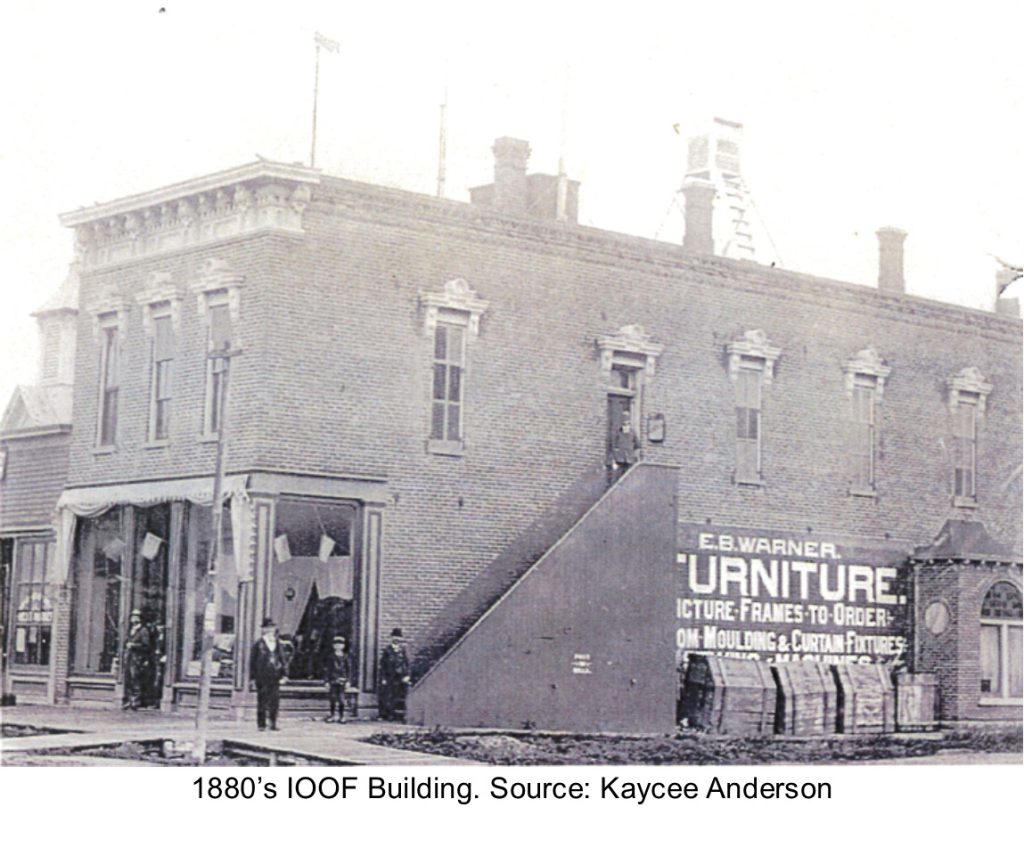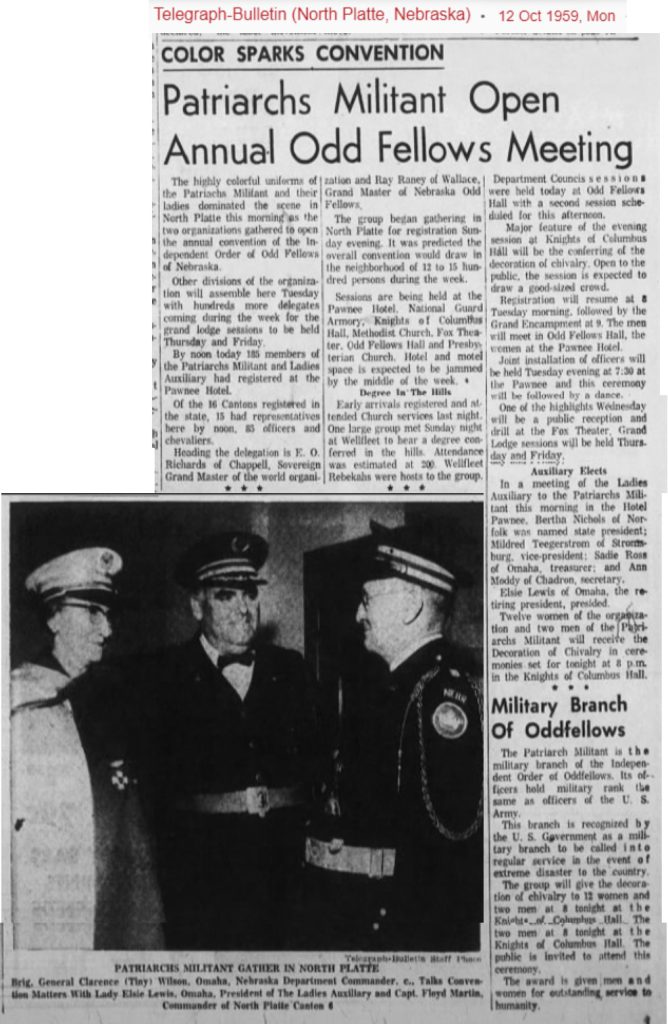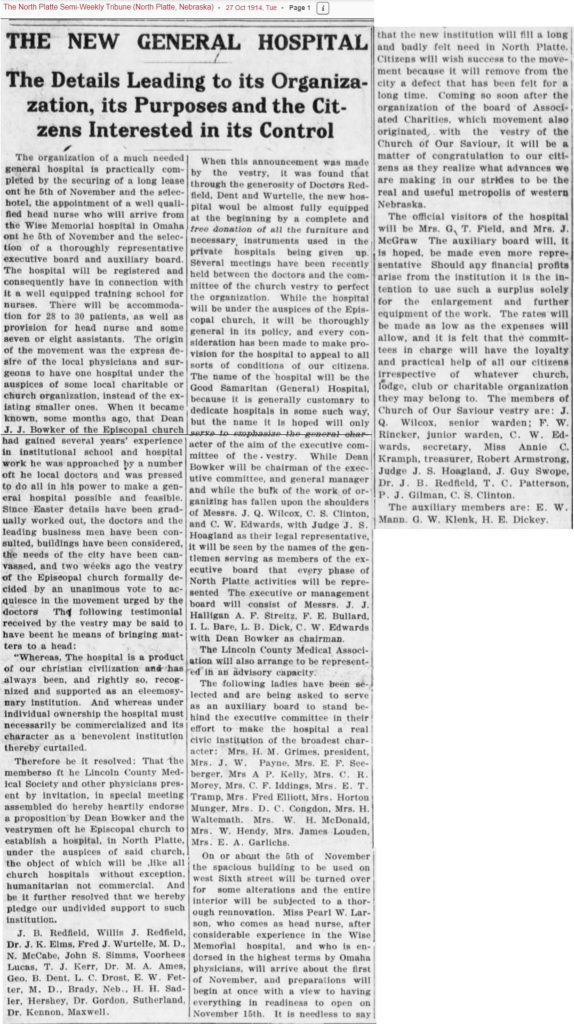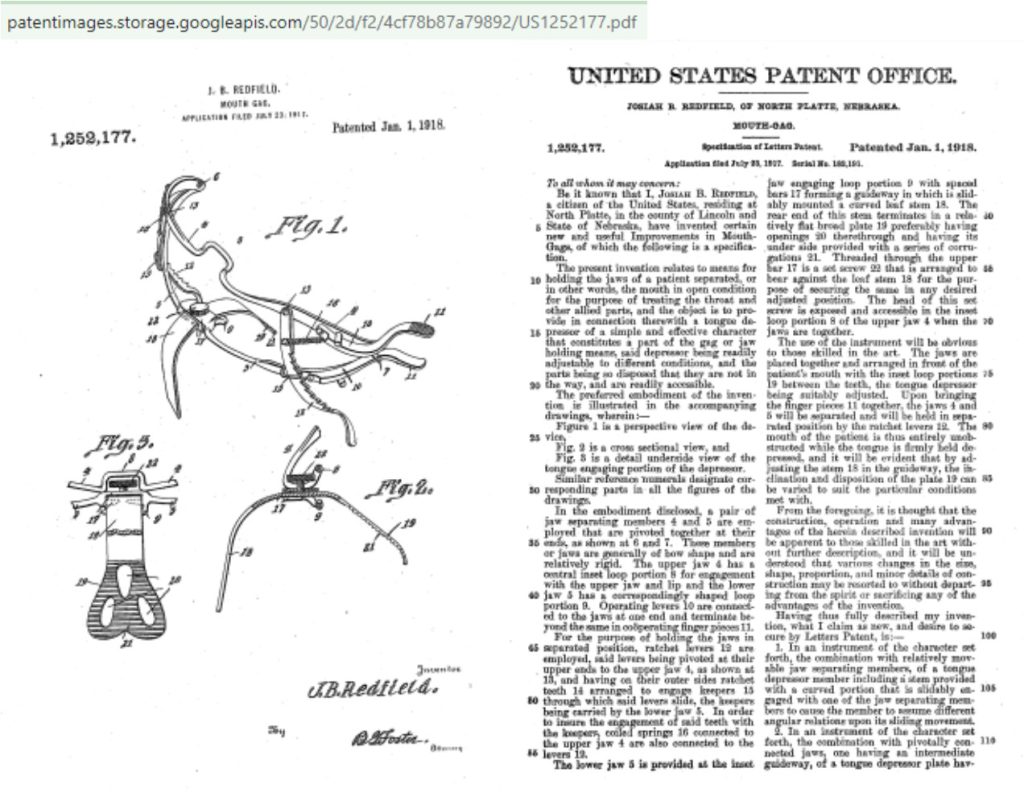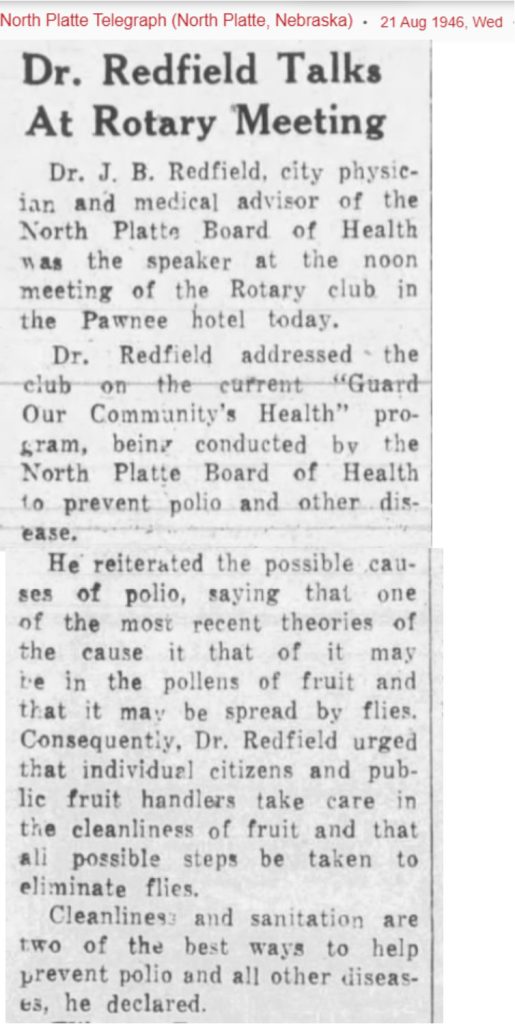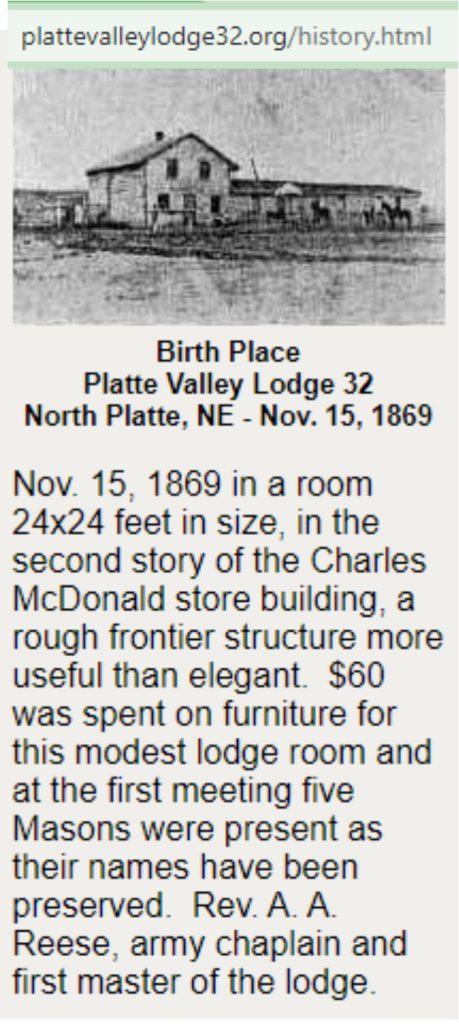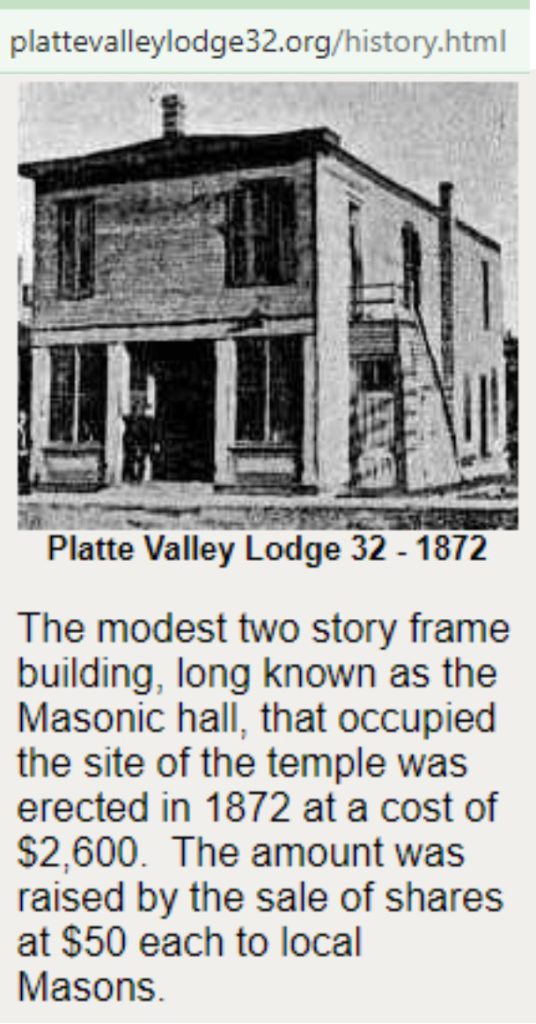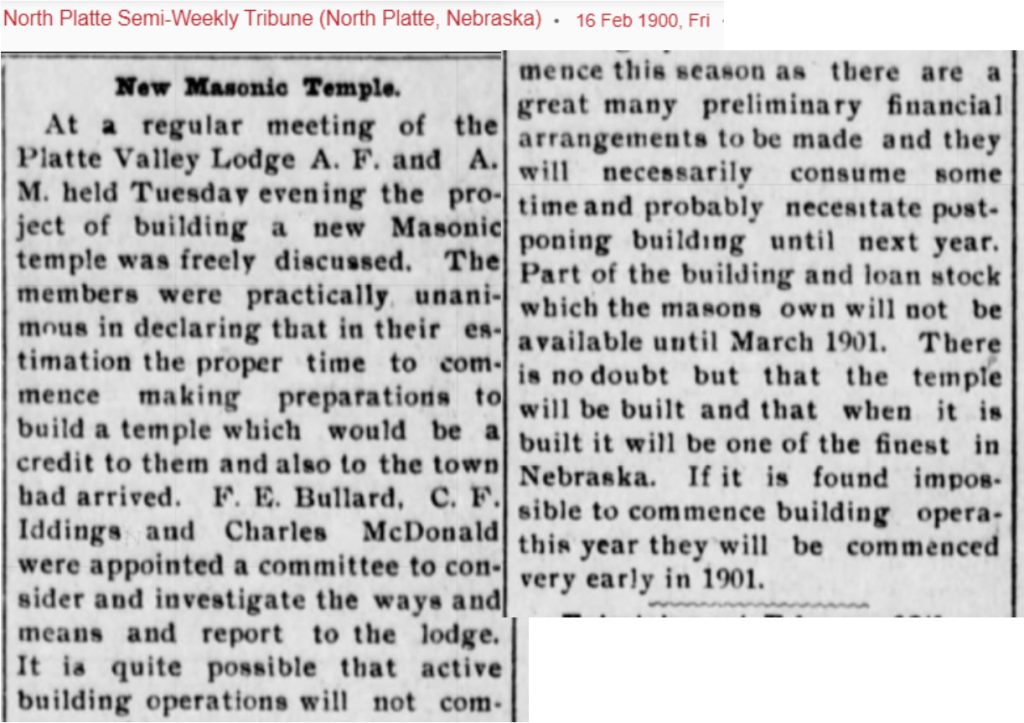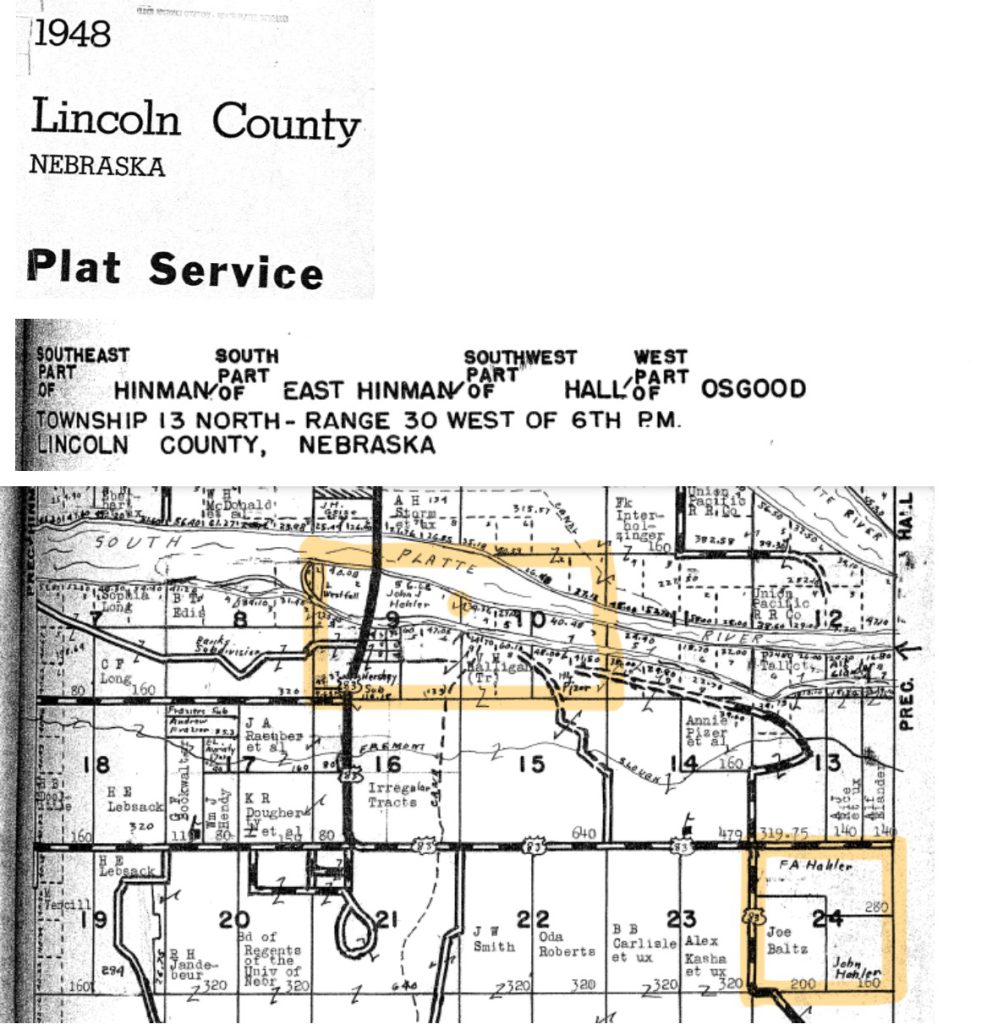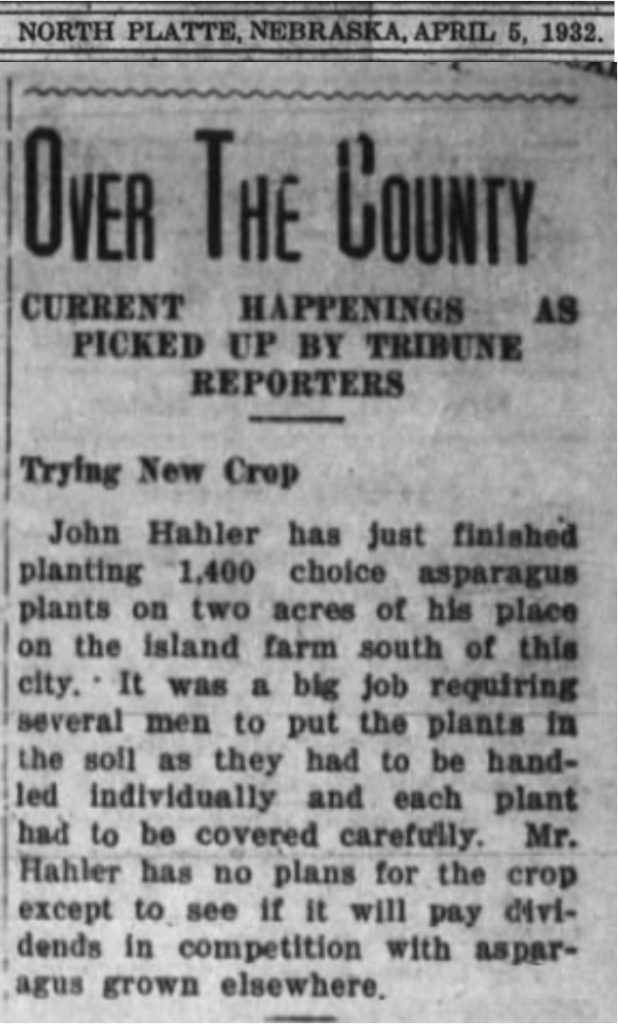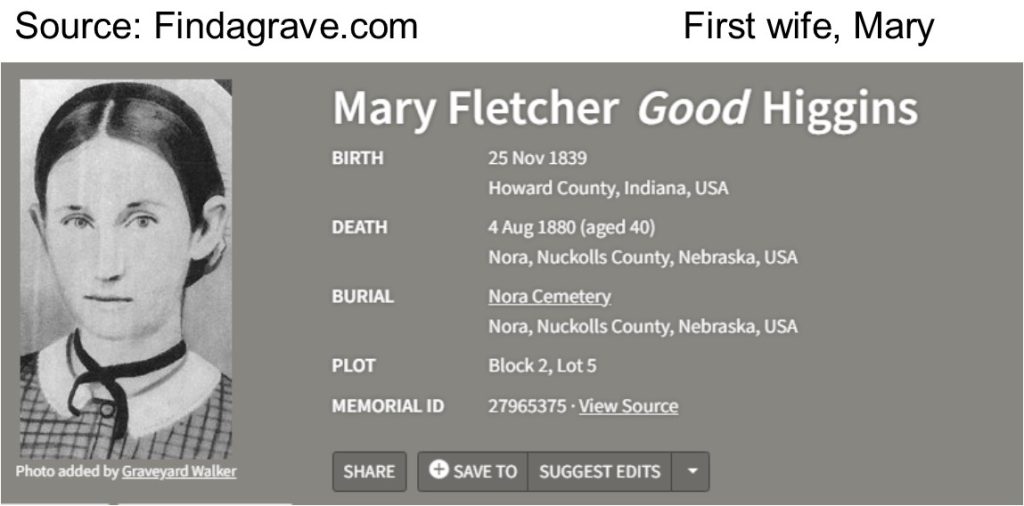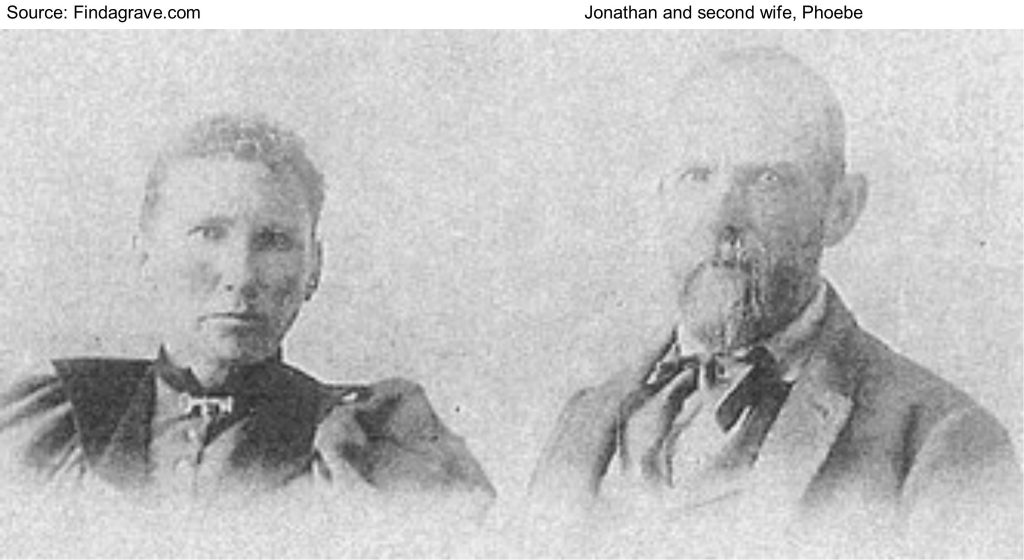Originally published to facebook.com/NorthPlattePL on August 26, 2022.
Welcome back to another Facebook Friday History!
Today’s Facebook Friday History looks at another fraternal organization, the I.O.O.F., which stands for the Independent Order of Odd Fellows!
Never heard of them? Heard of them, but wondered what the heck are these “odd fellows” doing? Well, according to their website (https://odd-fellows.org/), their mission statement reads:
The Independent order of odd fellows aims to provide a framework that promotes personal and social development. For members, the degrees in odd fellowship emphasize a leaving of the old life and the start of a better one and of helping those in need. The command (purpose) of the IOOF is to “visit the sick, relieve the distressed, bury the dead, and educate the orphan.”
There is no definitive history behind the name, but it seems that that one possibility is that the original Odd Fellows were men who were engaged in various or odd trades that didn’t have the numbers to form the security provided by a trade guild or union like the Masons. These workers of “odd jobs” banded together and initially met in the back rooms of pubs, paying a penny per week in dues that would help members who fell ill or had passed away. Eventually, the idea spread and formed a network of more formalized Lodges and the Odd Fellows developed their own unique rituals, philosophy, and purpose.
This organization is still in existence on the national level and current IOOF members strive to:
- Improve and elevate the character of mankind by promoting the principles of friendship, love, truth, faith, hope, charity and universal justice.
- Help make the world a better place to live in, by aiding each other, the community, the less fortunate, the youth, the elderly, and the environment in every way possible.
- Promote good will and harmony amongst peoples and nations through the principle of universal fraternity, holding the belief that all men and women regardless of race, nationality, religion, social status, gender, rank and station are brothers and sisters.
Many towns had IOOF lodges and North Platte was no exception. The following information about the IOOF lodge building is taken from the book “City Bones: Landmarks of North Platte, Nebraska, Second Edition” by Kaycee Anderson and Steve Olson. Published by the Lincoln County Historical Museum. 2012.
The I.O.O.F. Walla Walla Lodge was chartered on November 18, 1875. On April 14, 1881, it was reported that the Odd Fellows would be constructing their new building. The foundation had already been completed. The address of the facility was 420 N Dewey Street. The cornerstone, including a time capsule, was laid on April 26, falling on the sixty second anniversary of the establishment of the order in the United States.
The two-story structure features a brick exterior measuring 24 by 100 feet. The ground floor has been the site for several businesses, including the U.S. Post Office, two banks, and the current occupant, American Mortgage Company.
The second floor’s primary use was to house the lodge. Its current condition is as pristine as it was when the lodge headquarters graced it. The Odd Fellows’ benches still remain along the sides of the walls, and the small podium, where the lodge leader presided, still stands just as it had many years ago. Going up to the second floor of this building is truly like taking a step back in history.
Mr. D.W. Thompson was awarded the contract to build the building.
On May 14, 1907, the cornerstone was removed from the building and the time capsule was opened. The contents included a pocket knife; a 25 cent script; 54 cents in coins, comprised of nickels and dimes issued in the years 1873 and 1877; copies of the three different local newspapers, published in the year 1881 when the building was erected; and a copy of the ledge constitution and by-laws.
A new time capsule was built which contained new coins, current copies of the local newspapers, and, once again, the lodge constitution and by-laws. A news cornerstone was then installed, depositing the new time capsule to its station with the building.
UPDATE (Researchers updated the information from the 2012 City Bones entry): The new time capsule was added to a new building, which was built approximately 1907-1910. You can see the difference in the building windows in the attached photographs.
Researchers believe that the IOOF dissolved in North Platte around 2013. But the building is still in existence in the Canteen District. If our readers can give us an update, we would appreciate it.
Thank you for reading! See you next week!

